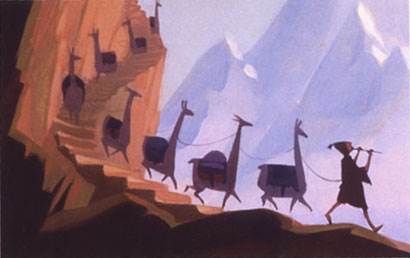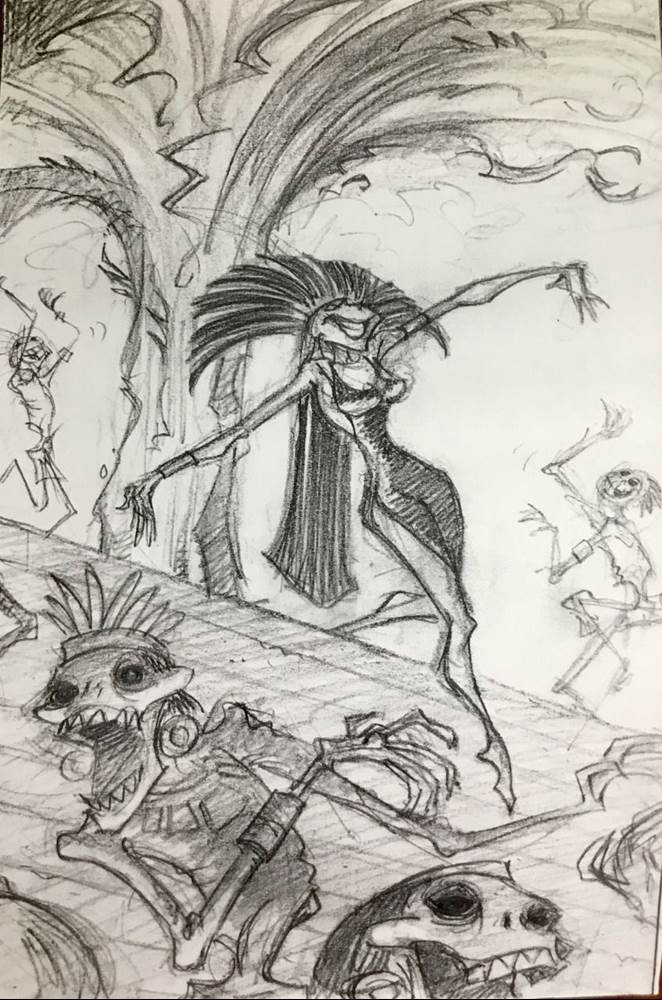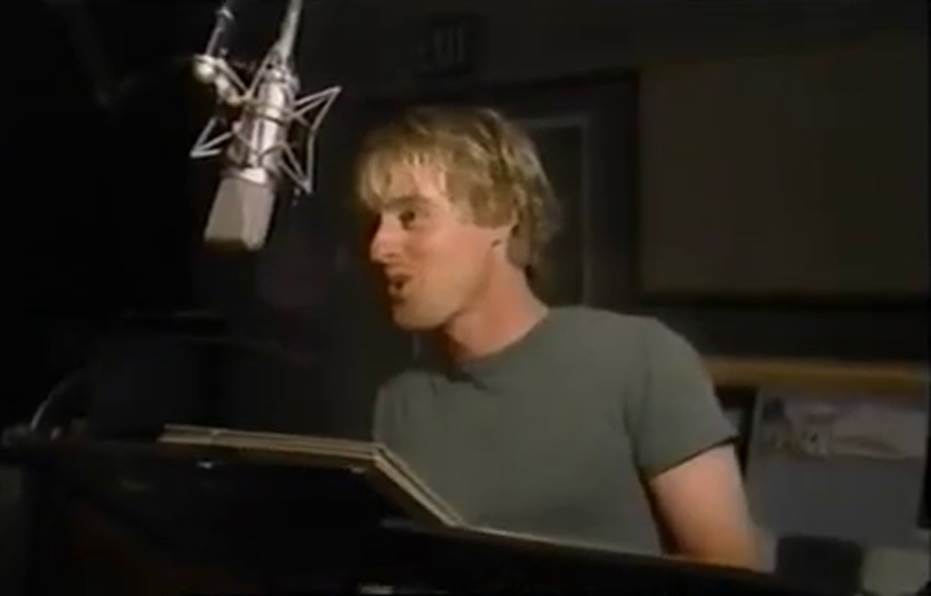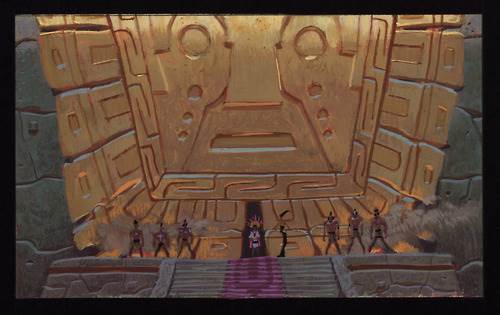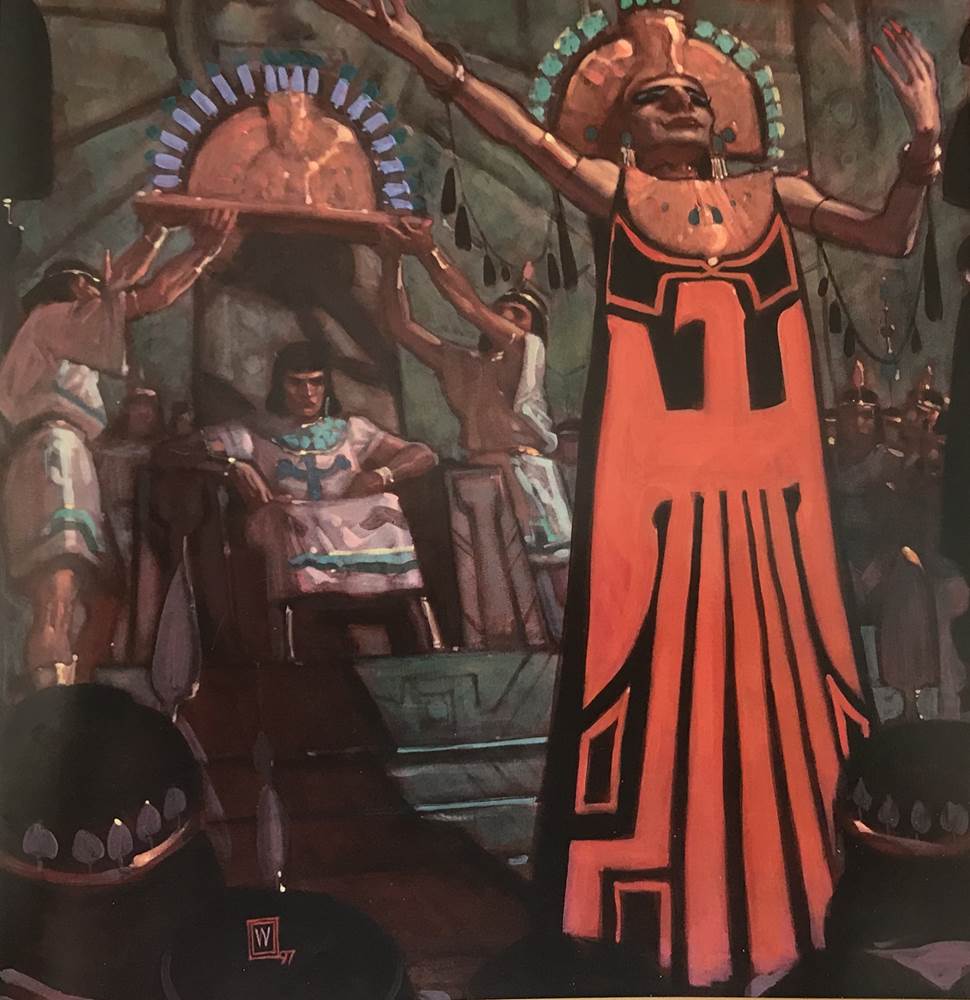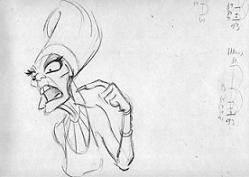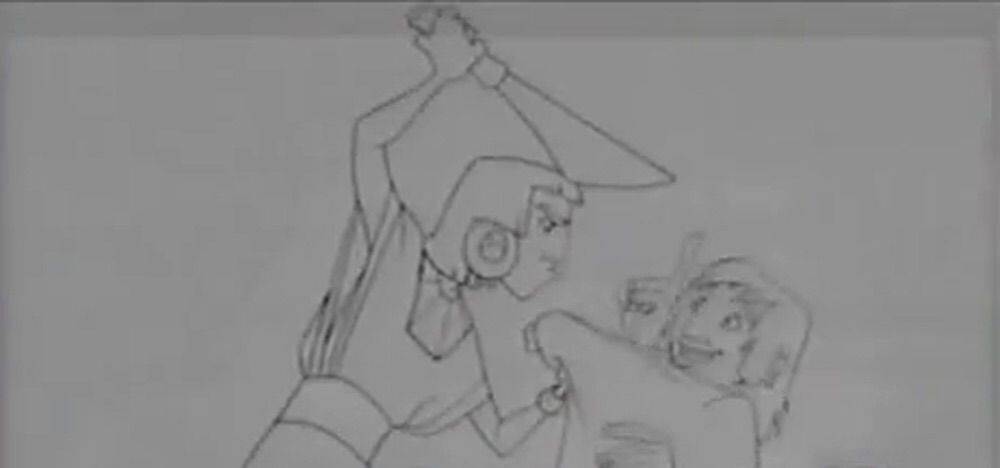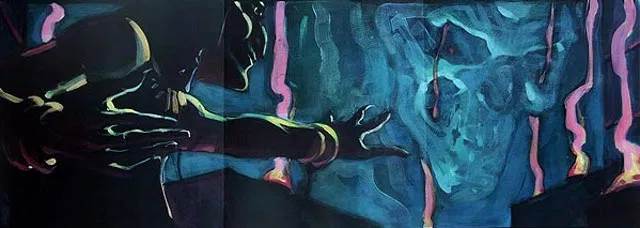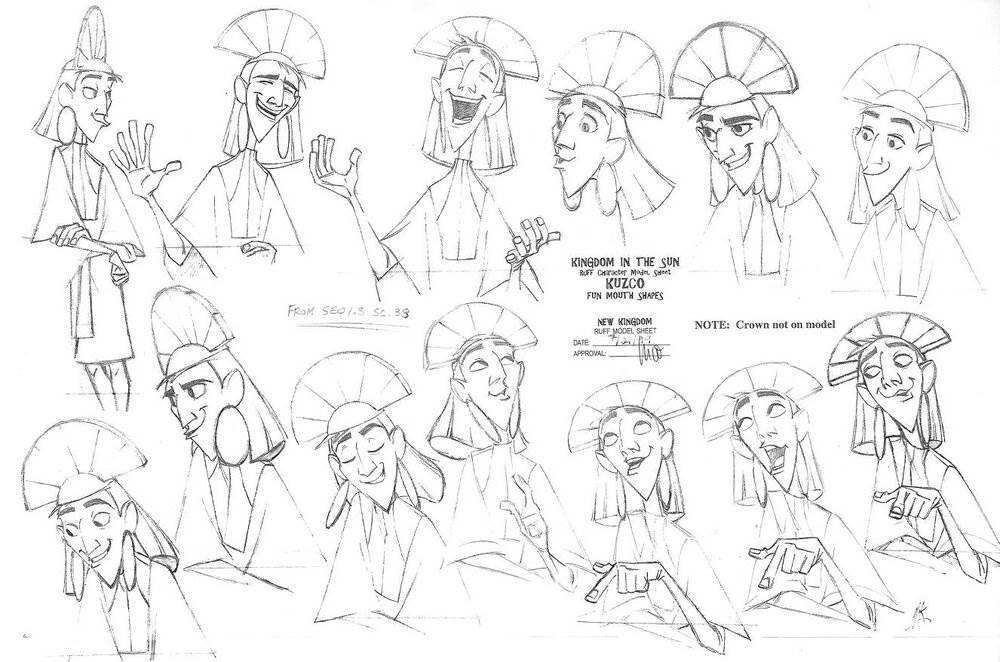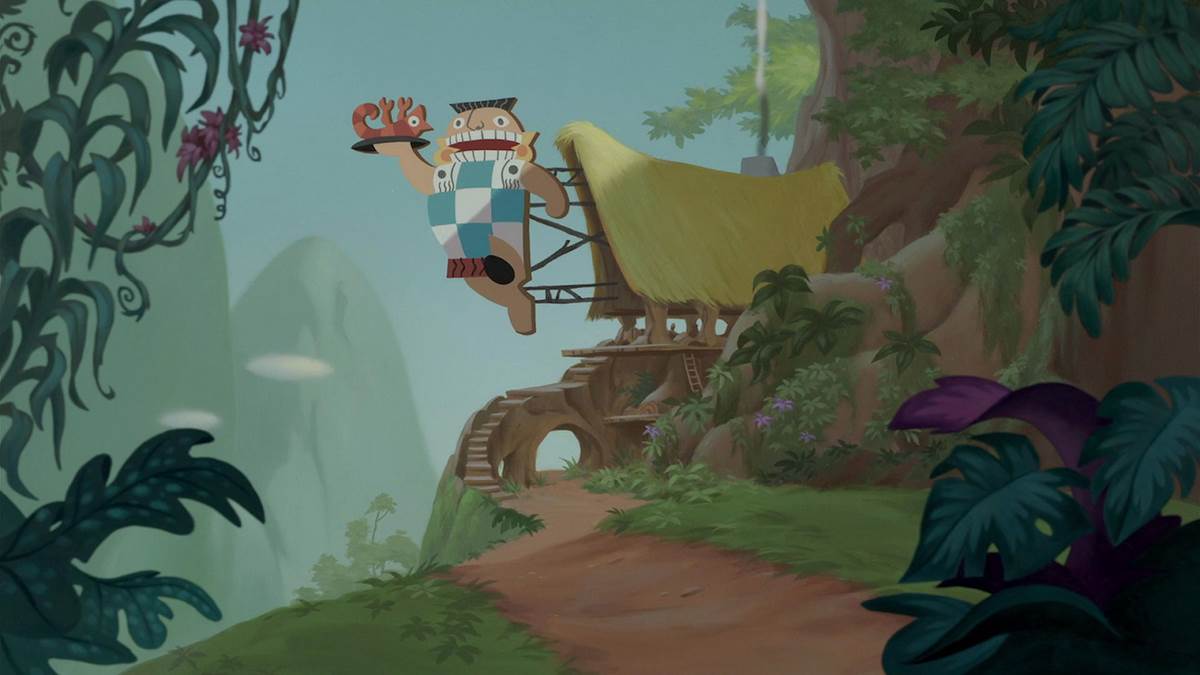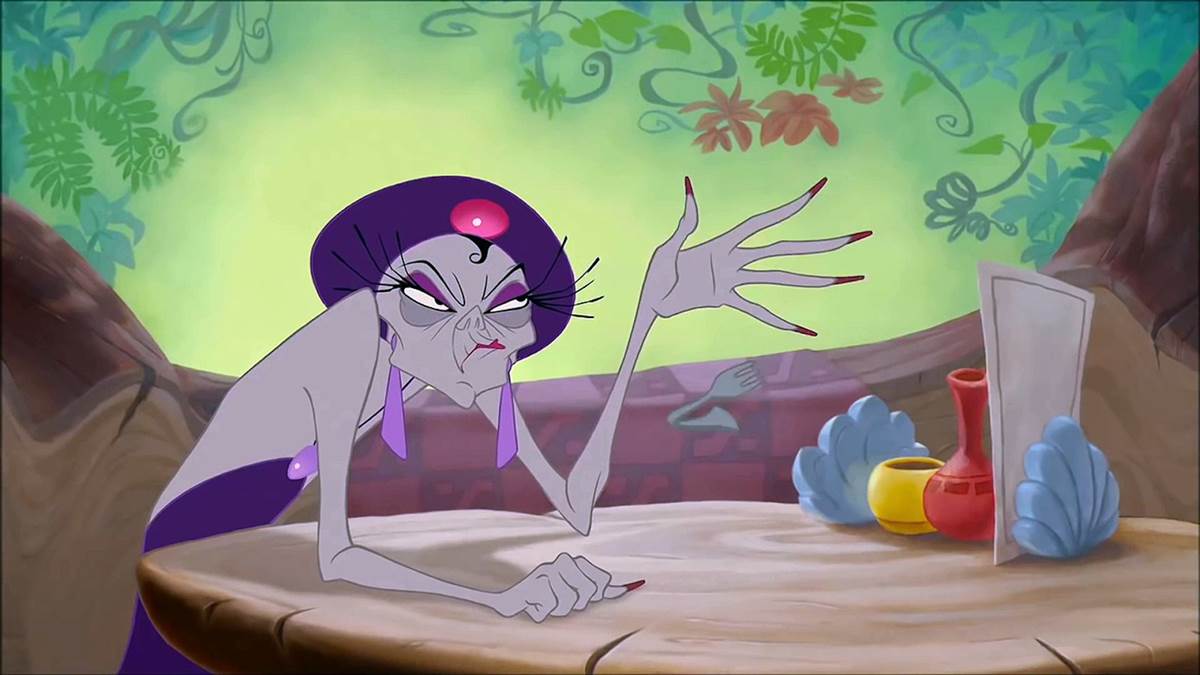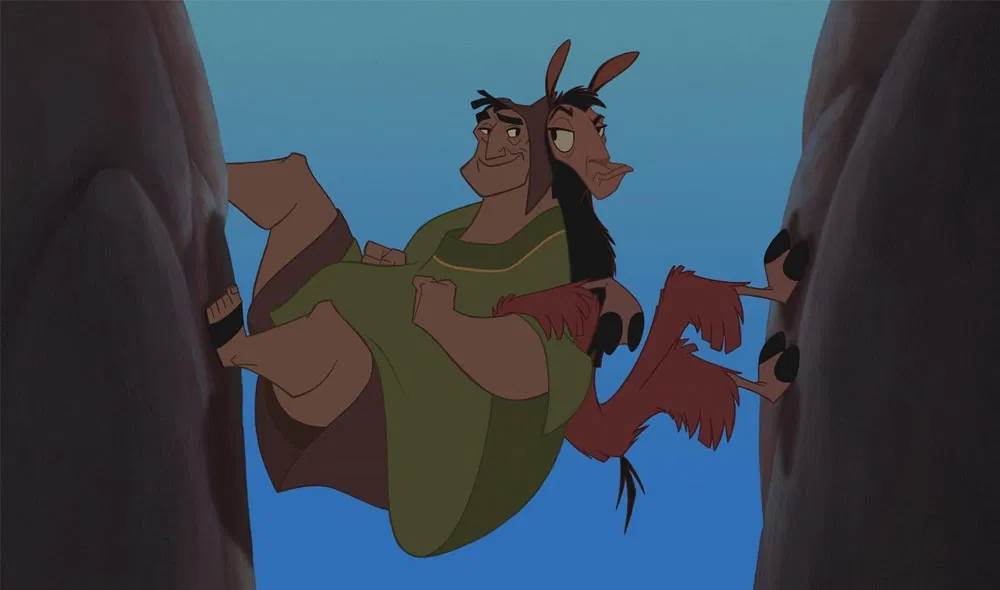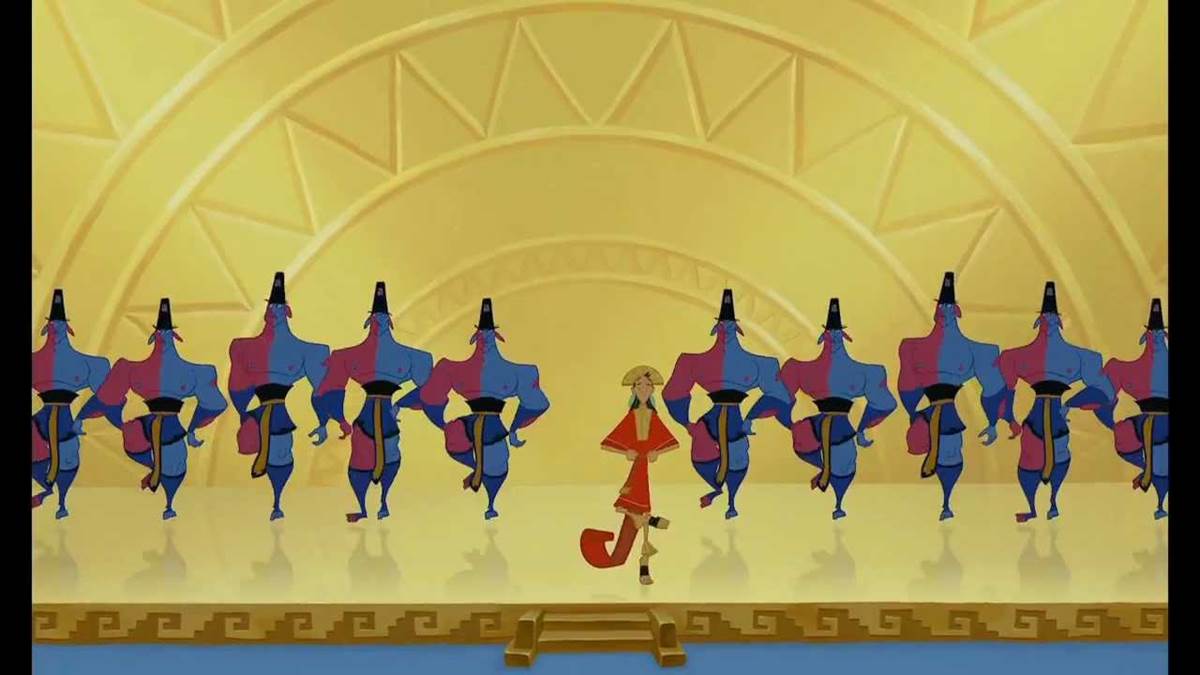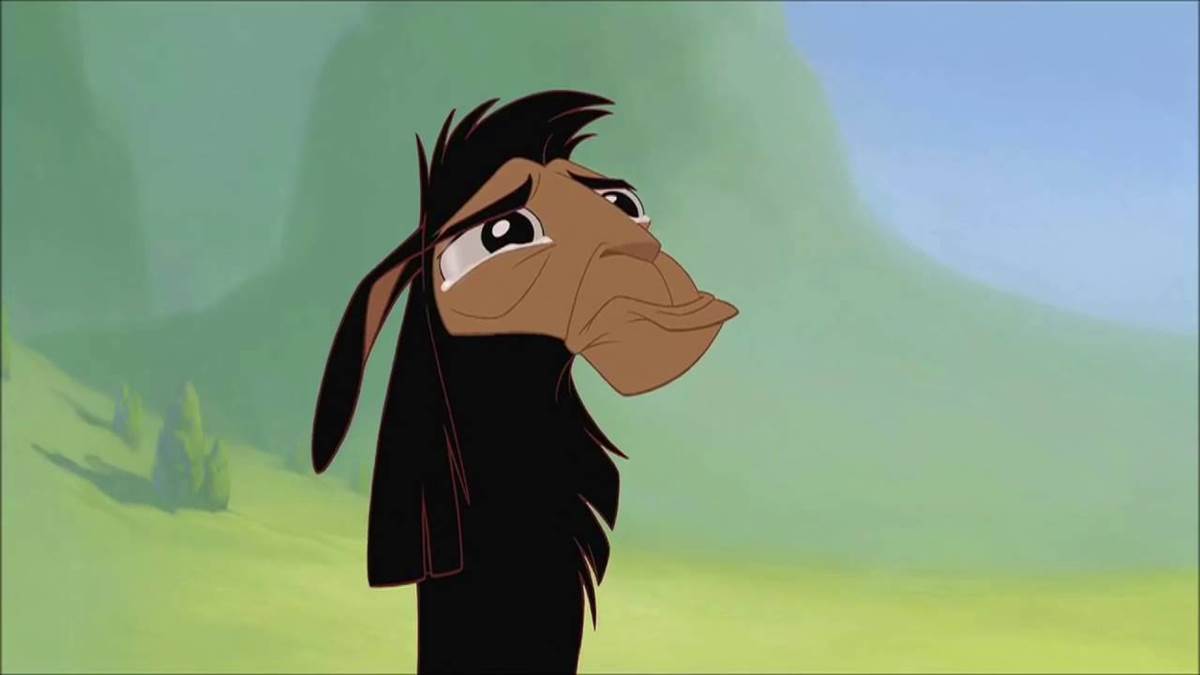KuzcoDystopia: The Origins of “The Emperor’s New Groove”
Ready for your daily reminder of how time works? Today, the classic (for a certain generation) film from Walt Disney Animation Studios, The Emperor’s New Groove was released 20 years ago. Two decades. The Emperor’s New Groove can legally buy cigarettes, vote, and get married without parental permission. Not really though, because it’s a film and not a human.
Courtesy Walt Disney Feature Animation
For those unfamiliar with the popular film, the story focuses on Pacha, an eighteen-year-old llama herder voiced by Owen Wilson. Pacha meets Emperor Manco (voiced by David Spade) who looks and sounds identical to him, whom he eventually decides to switch places with so Manco can take a break from his royal duties. However, Nina, Manco’s fiance, ends up falling for Pacha while Manco falls for a female llama herder, Mata. Of course, there’s a villain. A witch named Yzma (Eartha Kitt), who learns of the switch between Manco and Pacha, turns the real emperor into a llama so she can block out the sun with the help of her talisman, Huaca (Harvey Fierstein), and the dark force Supai.
Concept Art Courtesy Disney
This film became the well-known classic we all love today….wait, what? That didn’t sound familiar to you? Well, that’s because the version we know went through a substantial amount of changes before it became The Emperor’s New Groove. In fact, this version wasn’t even called The Emperor’s New Groove, it was called Kingdom of the Sun.
It was 1994. Director Roger Allers, who had just come off working on The Lion King, was approached about developing a story about South American culture. Jumping at the idea with a focus on the Incas, Allers set out to create an epic story about a city, up in the mountains, up in the clouds, that would explore the mythical aspect of the Inca culture and explore the essence of the suns and gods through elaborate imagery. A storyline was pitched to then-CEO Michael Eisner who said that “it had all the elements of a classic Disney film." The story had one main theme, the heart of the story as described by Allers, that “A common man [teaches] an arrogant man how to rule."
Concept Art Courtesy Disney
Produced by Randy Fullmer, the film also had an assistant director, Mark Dindal, as then Walt Disney Feature Animation Heads Thomas Schumacher and Peter Schneider preferred that two people take on a project so that one director isn’t slammed by all the needs of the production. Reportedly, this was already one of the first points of contention on the project. Allers wanted a more serious tone for the story, and Dindal (who had just finished working on the film Cats Don’t Dance) wanted to bring a more wacky comedy tone to it.
Concept Art Courtesy Disney
At the time, the studio was trying to give filmmakers a bit more freedom in their stories, instead of sticking to the familiar formula that sat at the roots of nearly every film in the “Disney Renaissance." Part of “The Formula" is music, with each film consisting of The Anthem, The “I Want" song, The Love Song, The Purely Entertaining Song, and The Villain’s Song.
The basic storyline was outlined above, but what’s interesting to note is that when Sting was approached by Allers to do the songs for the film, they still had no “real, hard script" and were adjusting day by day despite having been in development for years prior at that point. Sting, who had been excited to write music for a Disney film, ended up writing six songs for the production. One of the songs would have surely been a classic villain song, so much so that they still play in some areas of Magic Kingdom at Walt Disney World for Mickey’s Not So Scary Halloween Party. That song, “Snuff Out The Light," sees Yzma raise supernatural forces to block out the sunlight, casting eternal darkness that would keep her from aging.
Yzma as Animated by Andreas Deja
Disney Legend Andreas Deja was the original supervising animator for her character. Known for his work on previous villains Gaston, Jafar, and Scar, Deja dreamt of animating a female villain, similar to Marc Davis’ work on Maleficent in Sleeping Beauty. Deja also fell in love with the character of Yzma and the idea that her villainy is rooted simply in her vanity, that she just wants to be young and beautiful, “very very vain, very simple, old and wrinkly, just a bunch of bones, and wants to be young again," and he was excited to work on such a campy, over the top character.
Clip Courtesy MouseClub1955
The songs were finished, the filmmakers put the story onto reels for everyone involved, including Schneider and Schumacher, and the theater lights were dimmed. After the screening, a meeting was held where it was said that “so much of this movie isn’t working" and “we have not found a movie yet….we’re not a comedy, we’re not a drama, we’re not a this, we’re not a that."
Don Hahn, another producer at the studio said, “The frustrating thing about this movie is there are so many great elements. If I sat down and described it to you and said ‘Oh we have this movie set in Peru and Sting is doing the music, and there’s Eartha Kitt, and by the way, David Spade is in it too, you’d be going ‘Oh my god! Where do I go? How can I pay my money and go see this movie?’ and so it’s incredibly frustrating when we look at it and say ‘why aren’t the pieces coming together, where’s my movie?!’ That’s where you really have to just stop and say ‘okay let’s take those elements, shuffle them up, reassemble them’ and try to come up with something that IS engaging, so all of that promise of Sting, and David Spade, and Roger and Mark and Randy and the animators, that promise lives up to itself and in fact, excels what the audience expects."
Concept Art Courtesy Disney
A story meeting was held that was composed with a brain trust of different story artists and writers from many legendary Disney and Pixar productions where the story found a footing, giving up most of the original Kingdom of the Sun, yet nothing was working, and as a last ditch moment, an idea was thrown out there, an entirely different storyline that focused on the prince who became a llama turning the film more into a buddy comedy in lieu of the animated drama that it was, but still retained the main point of the story, “a common man teaches an arrogant man how to rule."
Concept Art Courtesy Disney
“Probably one of my biggest faults was to try and pull all these different elements in, the mysticism, the funny villain, all of this, trying to make all these things into a rich soup, maybe I just tried to hold on to too many ingredients or something," said Allers.
Concept Art Courtesy Disney
Every animated movie, at some point, will have aspects that fail and will not work. Many of the films of the Disney Renaissance hit that point. Beauty and the Beast, The Lion King, and Aladdin all saw major story changes at one point in their development. Allers was working on The Lion King with Director Rob Minkoff when he saw something similar happen in that film’s story process so he knew the writing was on the wall. This was no longer the film that he wanted to make. Allers left the production, Dindal became the sole Director, and all the overwhelming elements, the love interest, The Prince and The Pauper-esque switch, and the classic villain with a relationship with a primordial being were all dropped. The focus was now on Manco (now Kuzco) and Pacha, a villager protecting his land from the Emperor, and would now be known as Kingdom in the Sun.
Courtesy Disney
Allegedly, over 20% of Kingdom of the Sun was complete before these changes were made, and all of that work was now rendered moot. Kingdom in the Sun, though with similar traits, was now essentially a brand new movie and they only had just under two years in which to make it. Kingdom in the Sun went through a crash course in story development as well, some characters dropping or being added, and creating a “B" storyline with Yzma and her new sidekick, Kronk. Pacha was turned from a teen to a 45 year old, and became more of the glue that held the new story together. The setting also changed from a mythical Incan village into an “Incan Las Vegas."
Not too fond of the new direction the story, but more importantly his character, Yzma, was taking, Andreas Deja also left the project and handed the character to Animator Dale Baer. Deja said “The combination of Eartha Kitt, and someone who is so driven by vanity, and this whole thing this whole obsession with youth to me was absolutely fascinating, and I would have gone all the way with that. Just take all that Eartha Kitt could offer and create a character like that. It’s very painful because you throw your heart and soul into these assignments." He left Kingdom In The Sun and moved to another project, Lilo & Stitch.
Sting stayed on board, though all of his original songs were no longer needed for the production. He wrote a song, though didn’t perform it himself, and channeled the “Incan Las Vegas" vibe for “Perfect World." The song was performed by Vegas legend Tom Jones. Later on, after the movie was finalized as The Emperor’s New Groove, Sting would write and perform the song to play over the end credits, “My Funny Friend and Me." However, anybody who has their hands on the official The Emperor’s New Groove soundtrack might recall songs like “One Day She’ll Love Me," and “Walk The Llama Llama." Though written for Kingdom Of The Sun, and never appearing in The Emperor’s New Groove, they still are available on the official soundtrack.
One of the most fascinating aspects of the development of Kingdom of the Sun is that as part of Sting’s contract, his wife, Trudie Styler, was allowed to fully document the production of the film for her own documentary about the making of animated movies. What she captured was single-handedly one of the most troubled productions in the studio’s history, and all the corporate bureaucracy and teardowns within. Notably, then studio heads Peter Schneider and Thomas Schumacher are portrayed quite negatively (despite their best efforts) as they tear the movie apart as it progresses. She titled the documentary The Sweatbox, named after the term Walt’s original animators would use for the screening room where Walt would judge all their work at daily screenings. Unfortunately, as part of the deal, the distribution rights for the finished documentary remain with the Walt Disney Company, and the studio has refused to ever release it. The footage captured, if used, was used in many of the behind-the-scenes bonus features on the original DVD release, but as supplemental footage. Not the documentary as presented. The Sweatbox screened at two film festivals, one in Toronto, one in Florida, but nothing official beyond that. That said, the internet is a wonderful, magical place, and typically if someone is looking for something, they’ll find it there.
Kingdom in the Sun stayed pretty on track for the remainder of the production, with some minor changes here and there and eventually a title change to echo the new feel of the movie, The Emperor’s New Groove. Mark Dindal and Randy Fullmer teamed up again after the film’s release for their next project, Chicken Little.
Original Kingdom of The Sun director Roger Allers told Italian Magazine Fumettologica in 2014, “Kingdom of the Sun was such a heart-breaking experience for me. I put four years of my heart and energy into that one. They kept just enough of my elements (characters and such) that I can never produce my original vision or story elsewhere." Sting echoed the sentiment, saying that the reason he signed on to the project was the epic and grand scale of the original production. He was not particularly fond of the direction The Emperor’s New Groove took, and it was actually on his suggestion that the original ending was changed, as that conclusion saw Kuzcotopia actually built, just in a new location. He told The Guardian in 2000, "At first, I was angry and perturbed, then I wanted some vengeance. We couldn't use the songs in this new film because the characters they were written for didn't exist anymore. After about five minutes of ranting and raving, I thought, 'OK, let's get back to work. Let's try to make this thing happen’" with Fullmer adding, “It was hard on him. There’s no question." Sting has not worked on an animated film for Disney since.
The story of Kingdom of the Sun and The Emperor’s New Groove is a rare one, but not entirely unique. Thomas Shumacher summed up the whole tale when he said “Filmmaking travels a bumpy road and animation, I think, travels the bumpiest road of all. When I look at the process of making this film, of going from the first version and the whole revamp into The Emperor's New Groove, the lessons are profound. Why didn’t I make these changes earlier? It was so painful to do it, it was expensive to change this late in the game. I think most of all I’ve learned to be really honest and clear as early as possible. Delayed pain is exacerbated pain."



